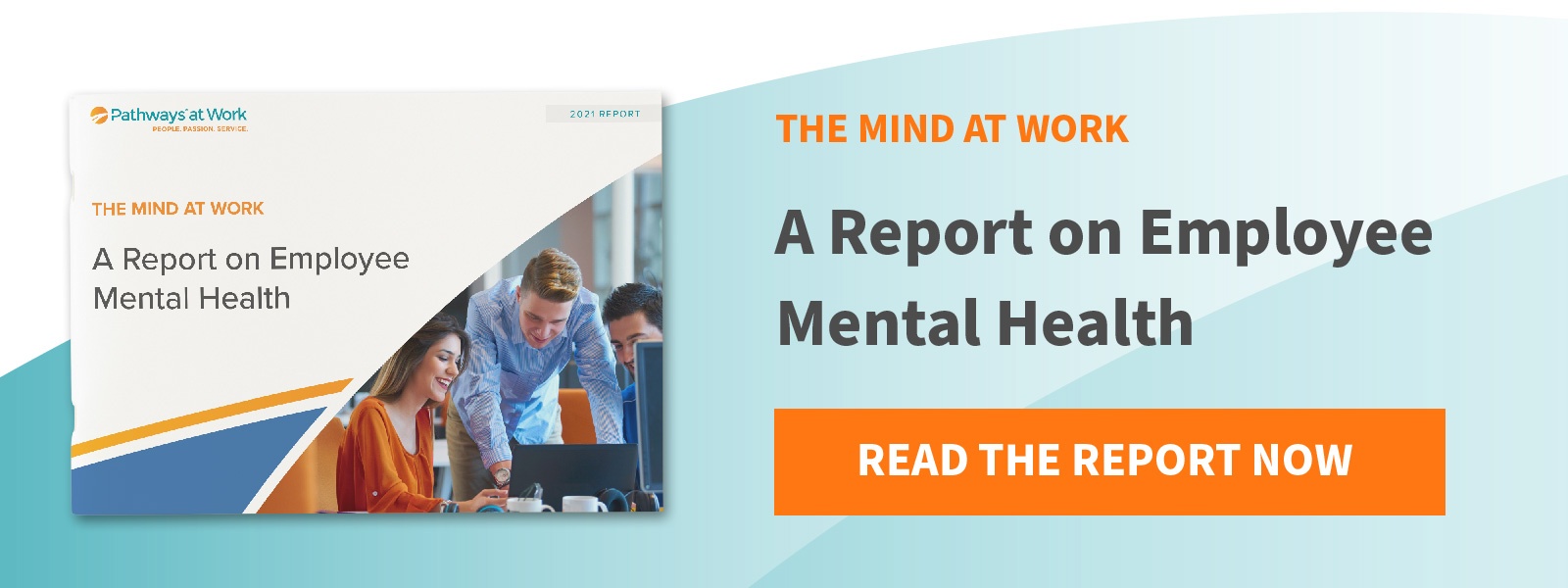How to Support Employees Dealing With Psychological Trauma in the Workplace
Amidst the pandemic, the definition of workplace trauma and the psychological implications are expanding. Workplace trauma is the psychological stress that results from experiencing a traumatic event at work. It can happen after a one-time event like witnessing death at work or a natural disaster. Or it can be caused by a sustained event like a toxic work environment or a pandemic.
Understanding Workplace Trauma Is Critical Right Now
Workers who are traditionally susceptible to workplace trauma include those whose work requires exposure to potentially traumatic events like police officers or doctors. But COVID-19 has changed that. Over the past two years, many workers have faced the difficult challenge of changing how they work to meet new regulations, while others have shouldered the workload of the 4.4 million coworkers that have left their jobs to find work that can give them a better work-life balance.
And for many, COVID-19 turned their seemingly safe workplace into an unsafe working environment simply because their job requires close contact with other people.
Psychological Trauma Has Long-Lasting Effects on Employees
Workplace trauma can result in a psychiatric disorder known as post-traumatic stress disorder (PTSD). Whether or not an individual develops PTSD after exposure to trauma depends on several things, including gender and biological factors. PTSD manifests as intrusive thoughts, mood changes, self-isolation, poor concentration, apathy, and sleep disturbance. It can also result in anxiety and depression, two leading mental health issues.
The toll that psychological trauma takes on employees also has a long-term impact on the organization. Employees who experience workplace trauma may find that they cannot function the way they did before the incident. As a result, they may make costly mistakes due to their inability to focus.
Presenteeism and absenteeism will cost US companies $180 billion annually. And employees who cannot perform to expected levels are susceptible to burnout. In addition, this disengagement can lead to higher turnover rates that cost the company more than one-half to two times each lost employee’s salary.
How to Support Employees in the Long-Term
Management should collaborate to create a long-term plan to support employees after a traumatic event. Critical incident stress debriefs (CISD) are essential, but these only address the short-term impact on employees. They don’t address long-term post-traumatic reactions.
After the initial shock of a traumatic event wears off, new symptoms can develop among employees. PTSD develops anywhere from 1 month to a year after a traumatic event, and the condition can last months or years. People who don’t have social support are more likely to develop PTSD, while people with support and coping strategies are more resilient.
Leadership should collaborate to face the traumatic event head-on and avoid downplaying or encouraging a “business-as-usual” mentality. Avoiding a traumatic event encourages team members to avoid their feelings about the event, which can worsen and prolong the symptoms of PTSD. Instead, leadership should know how to spot the signs of PTSD and direct employees to available mental health resources.
It can be beneficial for leadership to be transparent with their team about their experience with psychological trauma in the workplace. This transparency encourages help-seeking behavior and destigmatizes mental health topics in the workplace, making employees resilient against mental health challenges.
Mental Health Training Makes a Trauma-Informed Work Culture
Mental health training programs are an effective way to offer long-term support to employees and mitigate the impact on the organization after a traumatic event. In addition, creating a healthy work culture that supports team members’ mental health helps educate employees to be trauma-informed.
Trauma-informed leadership understands the nuances of how trauma manifests long after an incident has happened and can create a work environment conducive to recovery. Conversely, if leadership is not trauma-informed, they can inadvertently compound the impact of trauma on employees.
The World Health Organization estimates that 70% of people experience more than one traumatic event in their life. Therefore, leadership must prioritize the mental health of their employees if they want to foster a team that is engaged and productive. Mental health training programs teach employees to manage their stress, anxiety, depression, and grief. It also increases an employee’s chances of being resilient to trauma.
Mental health training programs teach management to be sensitive to mental health issues like anxiety and depression and how to spot the symptoms of PTSD. Reach out today to schedule an initial consultation with one of our Behavioral Wellness Experts.
Day-to-Day Support for Employees With Emotional Trauma
The loss of a loved one or even a coworker can be traumatic in itself or occur due to a traumatic event. Unfortunately, COVID-19 hasn’t spared employees from this reality. It’s understandable why management may feel desensitized to the devastation of the pandemic, but they must remain sensitive to employees who experience a loss in their lives.
Be flexible with bereaved employees. Adjust expectations where possible, lighten their duties, and offer work-from-home options.
Provide a channel for employees to give feedback about your workplace culture. For example, create anonymous surveys about the work environment, resources, expectations, and the company's ability to respond to the traumatic event. This approach gives leadership a way to gauge how they’re doing and whether they need to introduce mental health training to the team.
It also sends a very compelling message to employees: that they are safe and supported and that their experience is valued. Whether team members have experienced a one-time event or are living through continuous stress, it is vital to the organization's success that leadership prioritizes workplace well-being. This prioritizing includes bringing mental health training to the top of the to-do list while being communicative and flexible with all employees.
If you or someone you know is facing a mental health crisis, call the SAMHSA National Helpline at 1-800-662-HELP(4357)



.jpg)